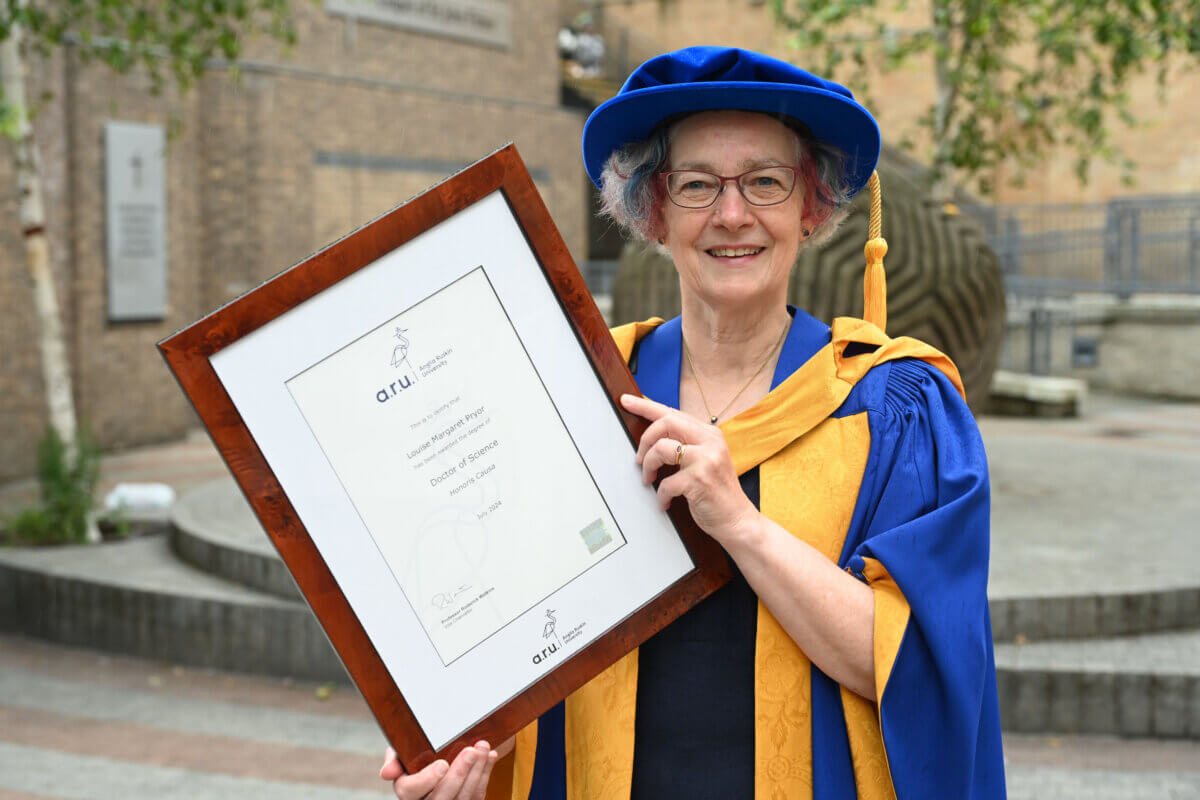Heat Wave Blues

Behind this summer’s clear skies, climate pressures are mounting. As areas of the UK look set to return to above-average temperatures, Ecology non-executive director, Alison Vipond, considers what’s driving the extreme weather conditions in the UK and around the globe, and why – more than ever – we need a unified approach to climate change.
As I look out of the window the sky is gorgeously blue, but the normally lush green hills of Yorkshire are decidedly yellow and dry.
In many parts of the country, the heat wave is re-intensifying, with the hot weather likely to persist into August. Simultaneously, large parts of the northern hemisphere are experiencing extreme weather events: devastating wildfires in Greece, Sweden and California; floods on the US east coast; dangerous heat levels in Japan; and an eye-watering African temperature record of 51.3C in Algeria.
Why is this happening? The jet stream – the ribbon of wind that circles high in the atmosphere – is behaving strangely, contorting into extreme loops. This extreme shape has caused it to stick in place, which means the high pressure over the UK at the moment is not moving.
While some of you may remember the summer of ‘76, over the last four decades the world has become hotter in general, so, put simply, climate change makes heat waves occur with more intensity and frequency than we are used to seeing. For many sun lovers the current hot weather is a treat, but we must also acknowledge the global state of extreme weather and how extremes will become the norm under climate change.
The Met Office has warned that UK summer temperatures could regularly reach 38.5C by 2040. That is a mere 22 years away. Water shortages are also a concern: we can expect greater water deficits across the country, even in the normally wetter north-western areas. This will affect water supplies for people, agriculture, industry and the natural environment.
Since some effects of climate change are now inevitable, we need to do much more to adapt. Governments must step up.
Every year for the past four years, the Adaptation Sub-Committee of the Committee on Climate Change has recommended to the Government that more should be done to address the growing risk of overheating in homes and other buildings.
It may seem odd that overheating is an issue in a temperate country like the UK but many of our homes and other buildings are not designed to keep us cool. Around 20% of homes in England already overheat in normal summer conditions, and 80% of houses will still be in use in 2050. Around 90% of UK hospital wards are thought to be prone to overheating (although temperature is not routinely monitored).
It is unlikely that this problem will be solved without government intervention. There is currently no UK regulation to prevent overheating in buildings.
Overheating is caused by a market failure. Public awareness of overheating is low, so demand for homes that won’t overheat is also low. There are no incentives for developers to mitigate overheating in new buildings because the problem is not apparent until after homes have been sold, when the cost of overheating in terms of health impacts then falls to the residents.
In July, the Environmental Audit Committee called for building regulations to be altered to address thermal comfort.
Retrofitting can be tricky, ranging from installing air conditioning (which is expensive and energy intensive and heats up the outside air) to ventilation, shading and screening. Much better to address passive cooling at the design phase, incurring little or no extra cost – although, sadly, many developers are not doing this. Design measures for homes include avoiding highly glazed south-facing facades, ensuring a good ventilation to floor-space ratio, external shutters, trickle vents, windows on more than one side to enable air flow through a building, ensuring good lagging of hot water pipes to prevent heat leakage into the room, and using nature – green roofs, green walls covered in vegetation, and shade from nearby trees.
The Committee calls for local planning to take account of green spaces to mitigate the urban heat island effect, where cities build up heat. Local councils must plant trees and protect and increase green spaces (reversing significant declines since 2011) to cool the air as a natural respite.
Adapting to climate change will be inevitable, but we must tackle the causes at the same time. The Paris Accord and the UK Climate Change Act commit us to decarbonise the electricity supply, heating and transport, yet we witness the go-ahead for fracking in Lancashire, the approval of a new runway at Heathrow and a lack of clear policy direction when it comes to renewables. As the mercury continues to climb, we urgently need a unified approach from government, alongside a national conversation about climate change policy and action.
Alison Vipond is a non-executive director at Ecology and Research Manager at Northumbria University. Click here to read Alison’s previous blog: Building a greener society – rethinking plastic.



